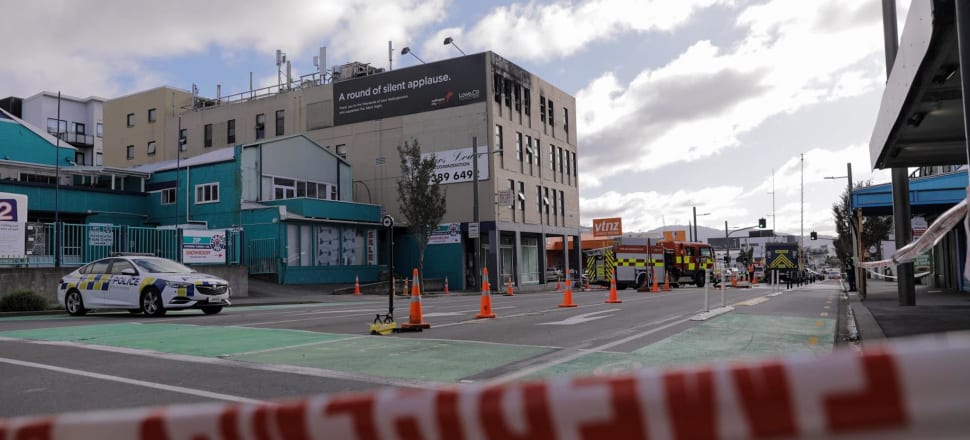
More and more of us are living closer together in apartments and townhouses. But the fatal fire at Loafers Lodge has exposed shortcomings in our building and fire regulations when it comes to higher-density housing.
The fatal fire at Wellington's Loafers Lodge has raised questions about whether building and fire safety regulations have kept pace with the push for more high-density housing.
Over the past decade, our cities have changed dramatically, with more of us living in apartments and townhouses.
"Our cities have always been sprawling cities, and our towns too, we just can't go on like that," Bill McKay, a senior lecturer in planning and architecture at Auckland University, tells The Detail.
"We're just eating up land now, we're going into environmentally sensitive land and we're building in places where people haven't built before."
Instead, we've had to build up.
"That's been the trend over the last couple of decades, but with this current Government, they are pushing it even further.
"You are starting to see more five-, six-storey apartment buildings popping up on main arteries...in the suburbs we're starting to see townhouse-style development everywhere, a lot of new developments tend to be two-storey townhouses, even three-storey, rather than the traditional one-storey house surrounded by lawn."
But is New Zealand doing enough to mitigate fire risks in these types of buildings?
Just days before the Loafers Lodge fire, the Ministry of Business, Innovation and Employment withdrew planned changes to improve fire safety rules in townhouses, terraced houses and other intensive housing types.
RNZ's Phil Pennington has been looking at what happened.
"The Government goes, 'We want to intensify housing to meet the housing crisis', and they passed that all under urgency. The floodgates were opened, but it seems as though they didn't really check downstream what was going on in terms of fire," he says.
"The Ministry [of Business, Innovation and Employment] totally expected that they were going to get this done in May, this month. But they've hit this hurdle because the industry went, 'We don't like the extra costs of that'."
McKay says these changes need to be revisited.
"What we need to do at the moment is look more closely at evolving the building code to keep up with these multi-storey developments.
"I think at the moment, with the Loafers Lodge tragedy, there might be a bit of political and social pressure behind this to actually get a bit of momentum to make some changes."
Kevin Frank, of the Building Research Association of New Zealand, compared New Zealand's fire regulations in multi-storey apartments to other countries like Australia, Canada, the US and the UK.
"When we compare ourselves to other countries, we're accepting a little bit more risk," he says.
He says other countries limit the use of combustible building materials, like wood. There's also higher use of sprinklers, as well as requirements to make walls more fire resistant.
"It's safer, but it comes at a cost. It's something we [New Zealand] need to decide on."
Both Pennington and McKay say the Loafers Lodge fire could be a defining moment for building and fire safety.
"One senior firefighter said to me that he thinks it will be," Pennington says.
"The defining thing actually may be more intense scrutiny about fire protection...and that will help the ministry get those better protections over the line."
McKay agrees.
"I would like to think that this was a moment of change. We know we get incremental improvements to the building code, but it takes a tragedy to get impetus for social change."
Hear more about the state of our building and fire safety regulations in the full podcast episode.
Find out how to listen to and follow The Detail here.
Stay up-to-date by liking us on Facebook or following us on Twitter.








